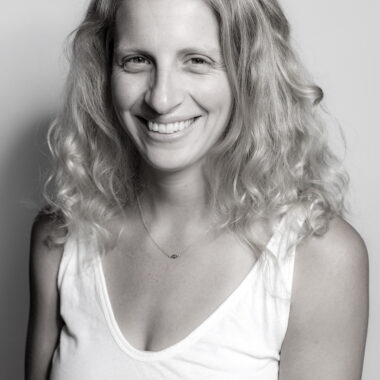The terms “summer reading” “beach reads” or even “guilty pleasures” are frequently tossed around in July and August. These terms conjure different images and ideas – the dreaded mandatory summer reading for reluctant students, the splashy / trashy cover of a romance with sand stuck in the pages or maybe the various media platforms where you can find lists such as this.
For me, summer reading evokes leisure time, an hour or maybe even two of uninterrupted reading. Leisure time means you can read at a faster pace; immerse yourself completely in a book. You want a book where you don’t have to work too hard.
So, what is the ideal “beach read?” I believe the perfect formula is a mix of:
- Literary without being too taxing on the mind.
- Absorbing and accessible to a wide audience.
Below are my recommended summer reads – books that will draw you in without demanding that you do too much work, books that you can’t wait to finish. And hey, if you’re reading anything in 2023, you’re doing well.
- The Neapolitan Quartet by Elena Ferrante
A fun way to approach summer reading is to try a series. I read all four of these books in close succession since I was so compelled by the plot and drawn to the complexity of the novels, especially the vivid portrayal of a friendship over the course of sixty years. If you missed these books back when they came out in 2011, they are highly worth the time investment. Although possibly more attractive to a female reader, the books do closely examine post war Naples, Italy, and cover political upheaval, murder, disappearances, martial strain, etc. The HBO adaptation also received excellent reviews if you’re looking for summer tv.
- My Struggle: Karl Ove Knausgaard
These fascinatingly detailed and bulky books, totaling six in all, first came out in English in 2012 and were hailed as a literary sensation around the world. When I explained the basic premise of the series, my husband asked, agog, “Why would you ever want to read about some guy’s life?” and this series is truly that – a highly nuanced and sometimes shockingly mundane description of Norwegian writer Karl Ove Knausgaard’s daily life, spanning from boyhood to fatherhood. However, the high quality of the writing and living within Knausgaard’s inner world is an interesting and rich place to be. This series is certainly not for everyone, nor do you need to read all six. I certainly found something simultaneously addictive and moving within the pages. I highly recommend starting with book one and seeing how you fare.
- The Witch Elm: Tana French
If you’re not already a fan of the Irish murder mystery writer, Tana French, you should be. Her most recent novel, although dense, (clocking in at 528 pages) manages to straddle the fine line between literary fiction and plain mystery. Over the years French has written seven books, all set in Ireland. You can’t go wrong with any of her novels – a personal favorite is her first, In the Woods, but The Witch Elm skillfully combines a modern family drama with the unfolding mystery of a skeleton found in the garden and includes a fair bit of Irish colloquialisms like “gaff” to keep you entertained.
- Woman In the Polar Night: Christine Ritter
This aptly named and wildly underrated book by Austrian writer Christine Ritter is a detailed travelog turned novel of a year spent on the remote Norwegian island of Svalbard in 1933. Ritter deftly captures the psychological strain and wonder of living in a one room cabin with her husband – while also braving several weeks alone without any sunlight or human companionship while he hunts. Her affection for the haunting beauty of the landscape and the terrifying cold is tangible to readers and provides a bright juxtaposition to the menaces of modern society. If you’re looking to “beat the heat” this slim novel will transport you to a land where you’re happy to be eating dried seal meat.
- Norwegian Wood: Haruki Murakami
If you’ve never read a Murakami novel, summer is the time. After reading The Wind Up Bird Chronicle a few years ago, I average at least one Murakami per year. The mystical, magical, surreal worlds he creates draw you deep into the novels, eagerly turning the pages – as long as you’re comfortable with generally inexplicable oddities such as manipulations of time and sexual perversions. Norwegian Wood, written in 1987, to critical acclaim in Japan, contains a simpler plot than later novels, as well as far fewer pages than his other books. A true love story with the right level of mystery, the book also features some characteristically steamy sex scenes as well as a good dose of tragedy. If you’re ok with crying on the subway or at the beach, try Norwegian Wood.












